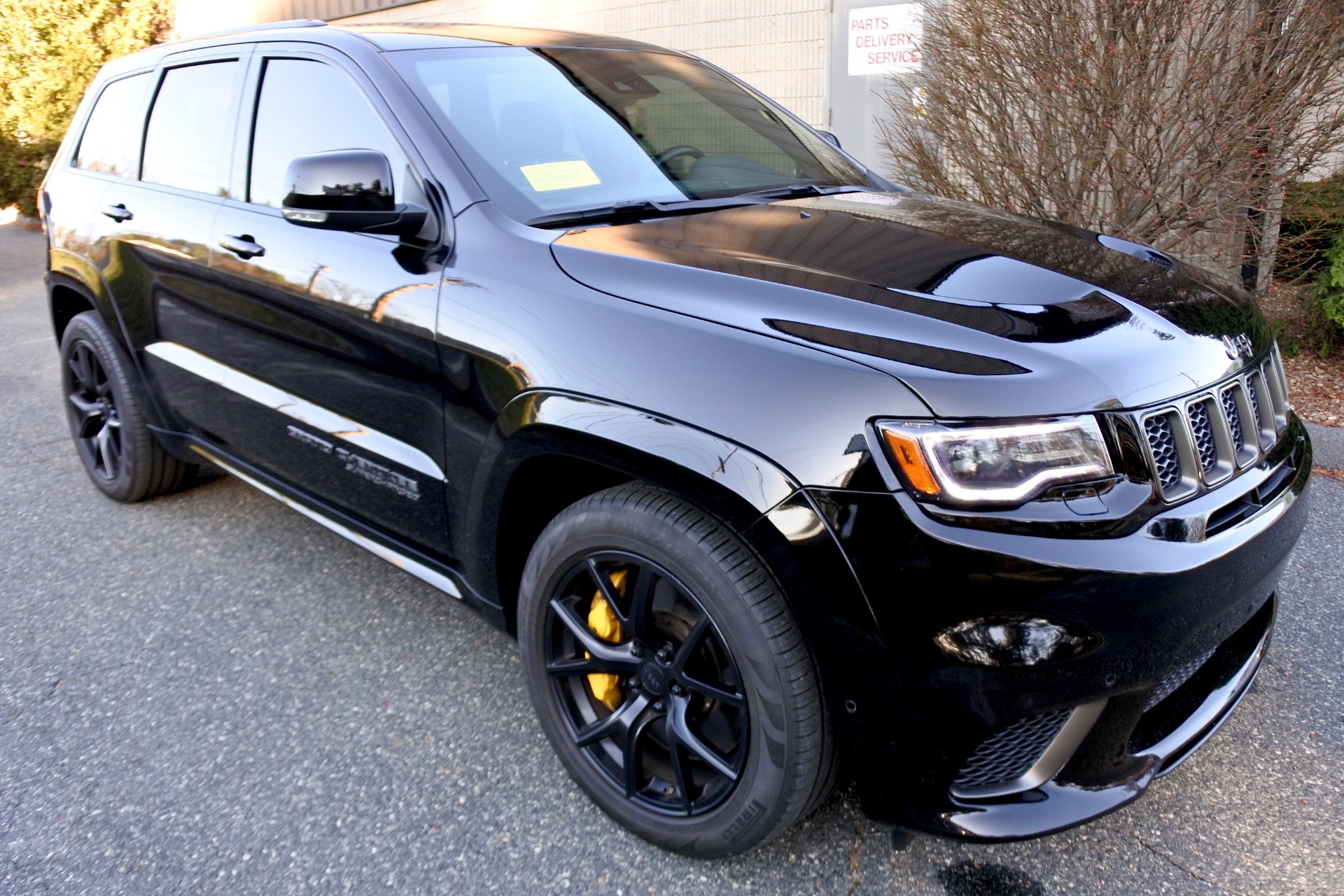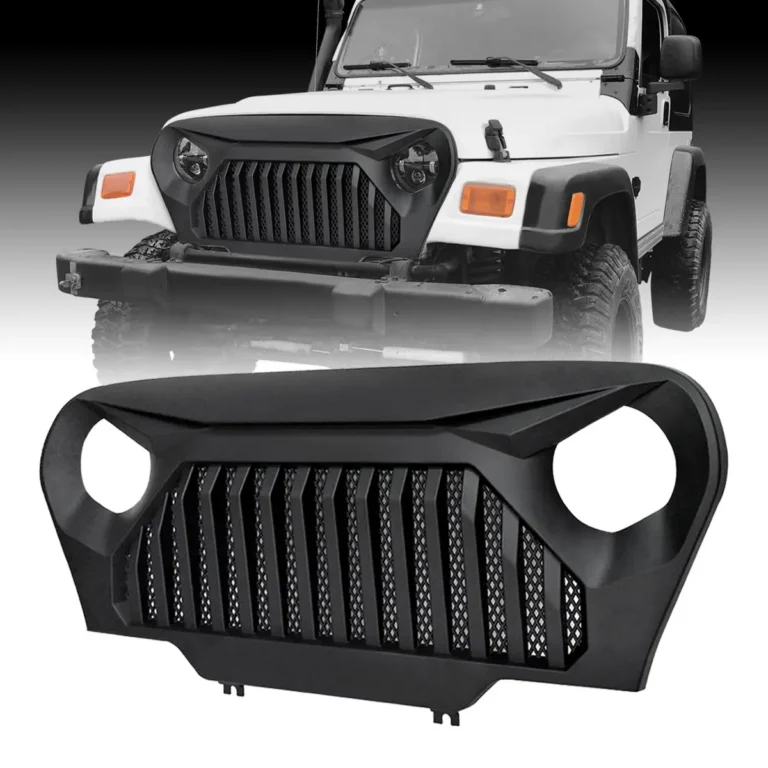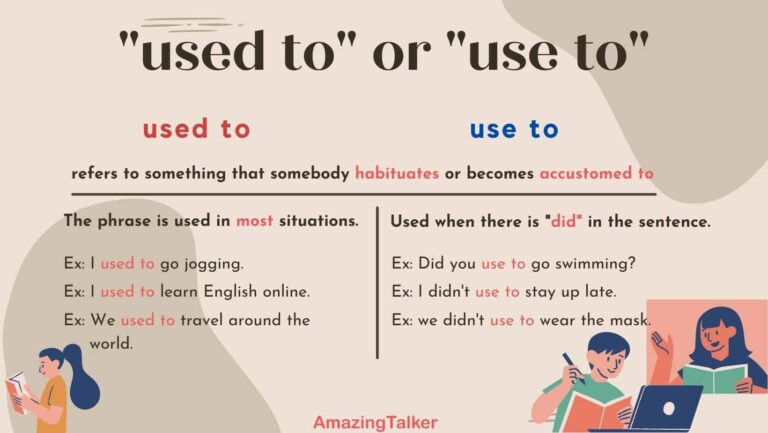Jeep Cherokee Used: Your Comprehensive Guide to Buying a Pre-Owned Legend
Jeep Cherokee Used: Your Comprehensive Guide to Buying a Pre-Owned Legend jeeps.truckstrend.com
The Jeep Cherokee, a name synonymous with American adventure and rugged capability, has carved out a unique niche in the automotive landscape. From its iconic, boxy origins to its modern, sleek iterations, the Cherokee has consistently offered a blend of utility, off-road prowess, and everyday usability. For many, a brand-new Cherokee might be out of reach, making the used market an incredibly appealing alternative. Buying a used Jeep Cherokee isn’t just about saving money; it’s about tapping into a rich heritage, finding a vehicle with proven capabilities, and often, securing a fantastic value. This comprehensive guide will navigate the complexities of acquiring a pre-owned Jeep Cherokee, helping you make an informed decision and embark on your next adventure with confidence.
Why Choose a Used Jeep Cherokee?
Jeep Cherokee Used: Your Comprehensive Guide to Buying a Pre-Owned Legend
Opting for a used Jeep Cherokee comes with a host of compelling advantages, making it a popular choice for budget-conscious buyers and enthusiasts alike.
- Significant Cost Savings: The most obvious benefit is the depreciation hit absorbed by the first owner. Used Cherokees are significantly more affordable than their new counterparts, allowing you to get more features, a higher trim level, or simply save a substantial amount of money.
- Proven Reliability (for certain generations): While individual vehicle history varies, some generations, particularly the beloved XJ (1984-2001) with its legendary 4.0L inline-six engine, are renowned for their bulletproof reliability and longevity. Even newer models, with proper maintenance, can offer years of dependable service.
- Wide Availability and Variety: The Cherokee has been in production for decades across various iterations (XJ, KJ, KK, KL), meaning there’s a vast selection of used models on the market. This wide availability allows you to find the exact generation, trim, and features that align with your needs and budget.
- Retained Value (especially for specific models): While depreciation is a factor, certain used Cherokee models, particularly well-maintained XJs and higher-trim KL Trailhawks, tend to hold their value well due to their enduring popularity and capability.
- Instant Gratification: No waiting for factory orders or dealer allocations. Once you find the right used Cherokee, you can often drive it home the same day.
- Aftermarket Support: Especially for older generations like the XJ, there’s a massive aftermarket industry offering parts, upgrades, and accessories, making customization and repair relatively easy and often affordable.
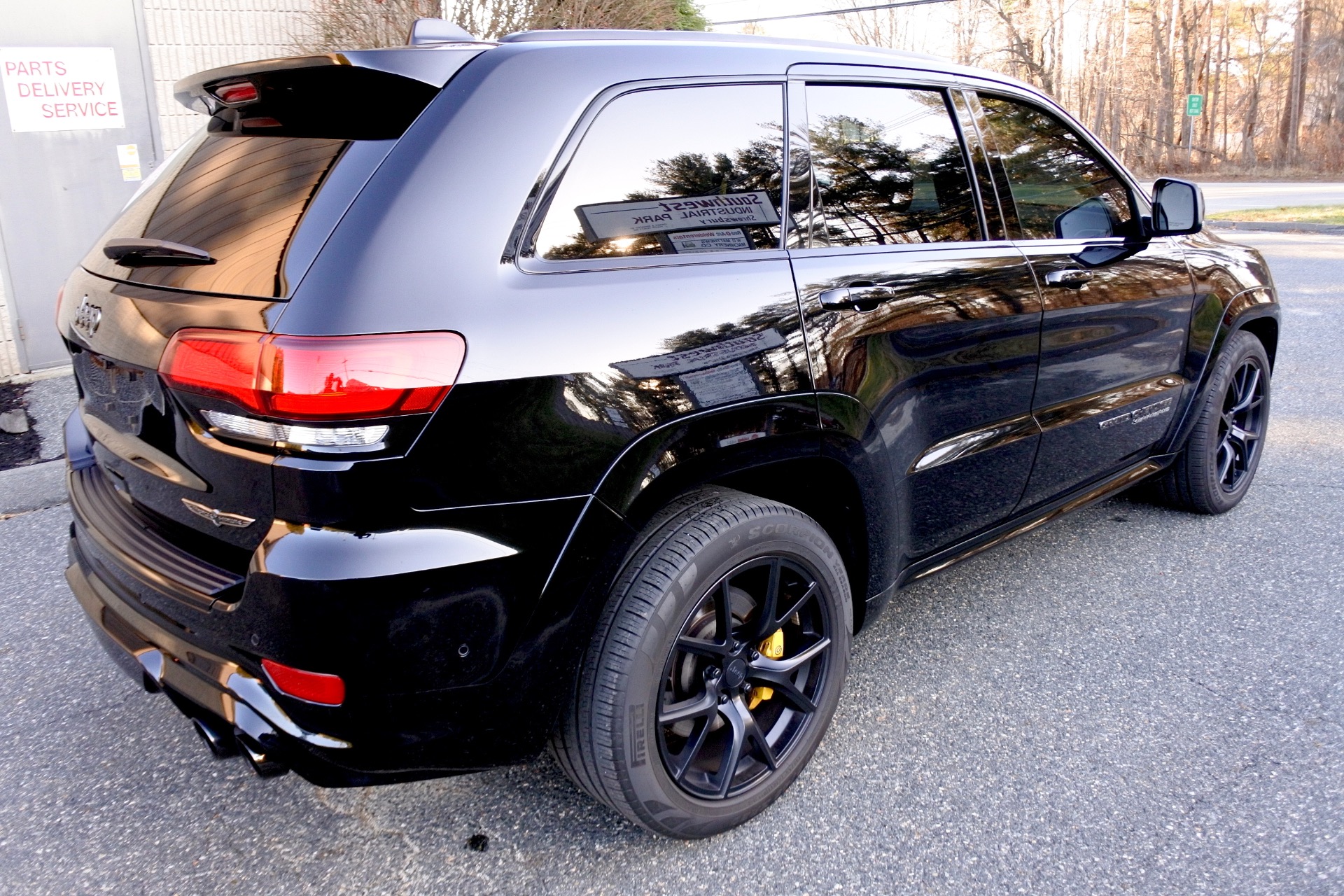
Understanding the Generations: A Brief Overview
The Jeep Cherokee nameplate has adorned several distinct vehicles over its lifespan, each with its unique characteristics, pros, and cons. Understanding these generations is crucial for identifying which model best suits your needs.
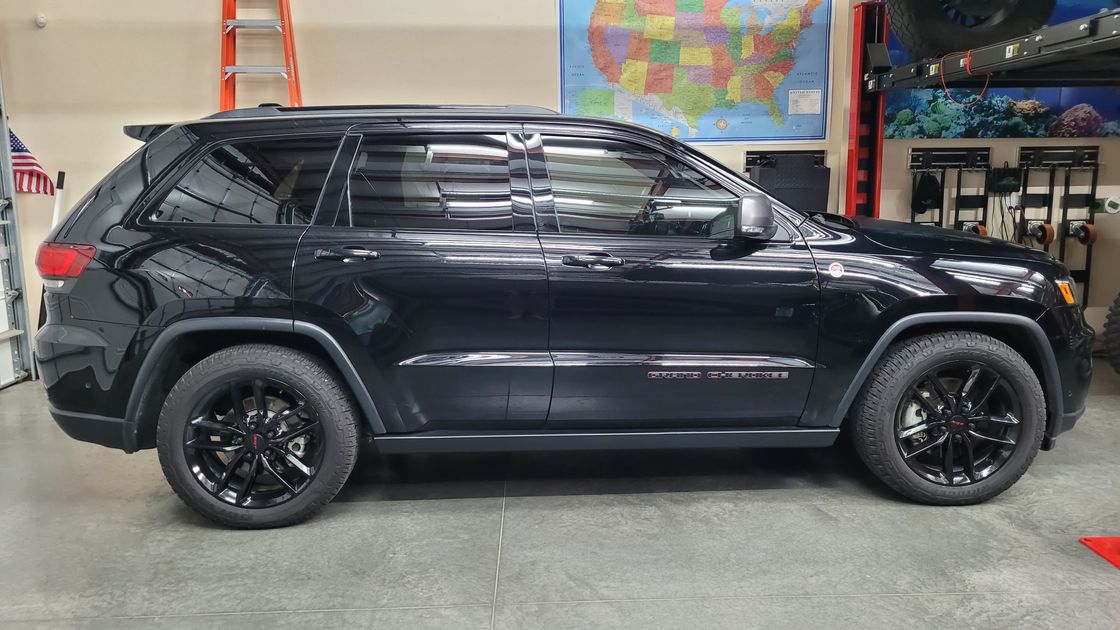
XJ Cherokee (1984-2001): The Legendary Classic
- Body Type: Unibody SUV
- Key Features: Renowned for its rugged simplicity, exceptional off-road capability, and the near-indestructible 4.0L inline-six engine. Boxy, utilitarian design. Available with Command-Trac (part-time 4×4) or Selec-Trac (full-time 4×4).
- Why Buy Used: If you prioritize raw off-road ability, mechanical simplicity, and a classic look, the XJ is a fantastic choice. Aftermarket support is immense.
- Considerations: Age means potential for rust, worn components, and fewer modern safety features. Fuel economy is not a strong suit.

-
KJ Liberty (2002-2007): The New Millennium Redesign
- Body Type: Unibody SUV (marketed as Jeep Liberty in North America)
- Key Features: Introduced more rounded styling, independent front suspension (improving on-road ride), and new engine options including a 3.7L V6 and, for a short period, a 2.8L CRD diesel.
- Why Buy Used: Offers a more refined ride than the XJ while retaining decent off-road capability. Diesel option provides better fuel economy.
- Considerations: Some reliability concerns with the 3.7L V6, and the independent front suspension reduces extreme articulation compared to the XJ.
-
KK Liberty (2008-2012): Evolution of the KJ
- Body Type: Unibody SUV (still Liberty in North America)
- Key Features: Updated, more angular styling that somewhat harked back to the XJ, improved interiors, and continued with the 3.7L V6.
- Why Buy Used: A slightly more modern take on the KJ platform, offering improved comfort and features.
- Considerations: Still uses the 3.7L V6, and off-road capability is good but not as extreme as the XJ.
-
KL Cherokee (2014-2023): The Modern Crossover
- Body Type: Unibody Crossover SUV
- Key Features: A significant departure from previous generations, built on a car-like platform (derived from Alfa Romeo/Fiat). Offers sophisticated styling, advanced technology, a much more comfortable on-road ride, and a range of engines (2.4L Tigershark I4, 3.2L Pentastar V6, 2.0L Turbo I4). Available with FWD, Active Drive I, Active Drive II, and the highly capable Active Drive Lock (Trailhawk).
- Why Buy Used: If you want modern features, better fuel economy (especially with 4-cyl), superior on-road manners, and contemporary safety tech, the KL is your choice. The Trailhawk trim is surprisingly capable off-road.
- Considerations: Early models (2014-2015) had some issues with the 9-speed automatic transmission. Less rugged than XJ for extreme off-roading. Note: Production for the US market ended in 2023.
Key Factors When Buying a Used Jeep Cherokee
Purchasing a used vehicle requires diligence. Here are the critical areas to scrutinize:
- Budget and Value: Determine your maximum budget, including potential repair costs, insurance, and registration. Research market values for the specific year, trim, and condition you’re considering.
- Pre-Purchase Inspection (PPI): This is non-negotiable. Have a trusted, independent mechanic thoroughly inspect the vehicle, especially looking for common issues specific to the Cherokee’s generation. This small investment can save you thousands.
- Mileage vs. Condition: Don’t let high mileage automatically deter you if the vehicle has a comprehensive service history and appears well-maintained. Conversely, low mileage doesn’t guarantee a problem-free car if it’s been neglected.
- Engine and Transmission:
- XJ 4.0L I6: Look for oil leaks (especially rear main seal), listen for ticking (exhaust manifold cracks are common but not critical). This engine is known for its durability.
- KJ/KK 3.7L V6: Check for excessive oil consumption, overheating, and proper transmission shifts.
- KL Engines (2.4L, 3.2L, 2.0T): Listen for unusual noises. For the 9-speed automatic transmission in early KL models, ensure smooth, timely shifts and no hesitation. Later models generally had software updates that improved performance.
- 4×4 System Functionality: If equipped with 4×4, test all modes (2H, 4H, 4L, 4WD Auto if applicable). Listen for grinding or clunking. Ensure the system engages and disengages smoothly.
- Rust: A major concern, especially for older XJ models and those from colder climates where salt is used on roads. Inspect the frame rails, floorboards, rocker panels, suspension mounting points, and brake lines.
- Suspension and Steering: Check for worn bushings, noisy ball joints, leaking shocks/struts, and play in the steering. Test for proper alignment during a test drive.
- Interior and Electronics: Verify all lights, power windows, locks, AC/heat, infotainment system, and gauges work correctly. Look for excessive wear on seats, carpets, and controls.
- Recall History: Check the VIN for any outstanding safety recalls that have not been addressed.
The Buying Process: A Step-by-Step Guide
- Research and Define Your Needs: Decide which Cherokee generation and features best fit your lifestyle and budget.
- Set a Realistic Budget: Factor in the purchase price, sales tax, registration, insurance, and a contingency fund for immediate repairs or maintenance.
- Find Listings: Browse online marketplaces (AutoTrader, Cars.com, Facebook Marketplace), local dealerships, and private sellers.
- Obtain a Vehicle History Report: Services like CarFax or AutoCheck provide valuable information on accidents, service records, ownership history, and odometer readings.
- Initial Inspection and Test Drive:
- Exterior: Look for body damage, inconsistent paint (sign of prior accidents), tire condition, and rust.
- Interior: Check for excessive wear, strange odors, and functionality of all controls.
- Test Drive: Drive on various roads (city, highway, bumps). Listen for unusual noises (engine, transmission, suspension). Test brakes, steering, and acceleration. If 4×4, engage all modes.
- Pre-Purchase Inspection (PPI): Arrange for a professional mechanic to perform a thorough inspection.
- Negotiate the Price: Use the PPI findings and market research to negotiate. Don’t be afraid to walk away if the deal isn’t right.
- Complete Paperwork: Ensure the title is clear, obtain a bill of sale, and transfer ownership correctly according to your local regulations.
Ownership & Maintenance Tips
Once you’ve brought your used Jeep Cherokee home, proper maintenance is key to its longevity.
- Adhere to Maintenance Schedule: Follow the manufacturer’s recommended service intervals for oil changes, fluid checks (transmission, differential, transfer case), tire rotations, and filter replacements.
- Address Issues Promptly: Don’t defer repairs. Small problems can quickly escalate into costly major ones.
- Regular Cleaning: Keep the interior and exterior clean to prevent wear and rust, especially if you live in a harsh climate.
- Tire Care: Maintain proper tire pressure and replace tires when wear indicators are met.
- Fluid Checks: Regularly check all fluid levels (engine oil, coolant, brake fluid, power steering fluid).
- Join a Community: Online forums and local Jeep clubs are invaluable resources for advice, troubleshooting, and finding trusted mechanics.
Potential Challenges and Solutions
While a used Jeep Cherokee offers great value, it’s wise to be aware of potential challenges.
- Fuel Economy: Especially for older XJ and V6-powered KJ/KK models, fuel economy can be less than stellar.
- Solution: Drive conservatively, ensure proper maintenance (tune-ups, tire pressure), and consider a newer 4-cylinder KL if fuel efficiency is a top priority.
- Reliability Concerns (Specific Models/Years): Some generations or specific year ranges have known issues (e.g., early KL 9-speed transmission, KJ 3.7L engine issues).
- Solution: Thorough research on specific model years, a comprehensive PPI, and considering an extended warranty if available and cost-effective.
- Rust: A significant concern for older models, particularly in regions with road salt.
- Solution: Meticulous inspection during PPI, avoid vehicles with severe structural rust, and apply rust preventative coatings if minor surface rust is present.
- Parts Availability/Cost: While common wear items are generally affordable, some specialized components, especially for newer KL models, might be dealer-specific and pricier.
- Solution: Research part costs before purchase, consider aftermarket options where available, and factor potential repair costs into your budget.
Jeep Cherokee Used Price Table (Estimated Ranges)
Please note: Prices are highly variable based on condition, mileage, trim level, engine, geographic location, and specific features. These are general estimated ranges for average condition vehicles.
| Generation/Model Year Range | Common Engine Options | Typical Price Range (USD) | Key Features / Notes |
|---|---|---|---|
| XJ Cherokee | 4.0L I6 | $3,000 – $15,000+ | Classic Off-Roader: Highly sought after for simplicity, ruggedness, and aftermarket support. Prices vary wildly based on condition (restored vs. project). Expect maintenance. |
| (1984-2001) | |||
| KJ Liberty | 3.7L V6, 2.8L CRD Diesel (rare) | $4,000 – $9,000 | Entry-Level Modern Jeep: More refined ride than XJ. Diesel offers better MPG. Check for engine issues on 3.7L. |
| (2002-2007) | |||
| KK Liberty | 3.7L V6 | $5,000 – $11,000 | Updated KJ: More angular styling, improved interior. Similar mechanicals to KJ. |
| (2008-2012) | |||
| KL Cherokee | 2.4L I4, 3.2L V6, 2.0L Turbo I4 | $10,000 – $25,000+ | Modern Crossover: Comfortable, tech-rich. Trailhawk trim is very capable. Early models (2014-2015) had 9-speed transmission issues. Higher trims/newer years command premium. |
| (2014-2023) |
Frequently Asked Questions (FAQ)
Q: Is a used Jeep Cherokee reliable?
A: Reliability varies significantly by generation. The XJ (4.0L I6) is legendary for its durability. Newer KL models are generally reliable, but early 2014-2015 models had some transmission issues that were largely resolved with software updates. Proper maintenance is key for all models.
Q: Which year Jeep Cherokee is best to buy used?
A: "Best" depends on your needs.
- For off-roading and classic appeal: A well-maintained XJ (1997-2001 for refined interior).
- For a balance of comfort and capability on a budget: A later model KJ (2005-2007) or KK (2008-2012).
- For modern features, on-road comfort, and decent off-road capability (Trailhawk): A 2017-2023 KL.
Q: What’s the average lifespan of a used Jeep Cherokee?
A: With consistent maintenance, many Jeep Cherokees can easily exceed 200,000 miles, especially the 4.0L I6 XJ models. The newer KL models are also designed for long-term durability.
Q: Are parts expensive for a used Jeep Cherokee?
A: Generally, parts for the XJ, KJ, and KK generations are readily available and reasonably priced, with a strong aftermarket. Parts for the newer KL models can be a bit more expensive, especially specialized components, but common wear items remain competitive.
Q: Can a used Jeep Cherokee go off-road?
A: Absolutely! Off-road capability is a core tenet of the Jeep brand. The XJ is a true off-road icon. The KL Trailhawk trim is surprisingly capable, featuring advanced 4×4 systems, increased ground clearance, and skid plates. Other trims of the KL are more geared towards light trails and adverse weather.
Q: What should I look for regarding rust on a used Jeep Cherokee?
A: Pay close attention to the frame rails, floorboards, rocker panels (the body panels below the doors), suspension mounting points, and brake lines. Rust on these structural components can be costly or impossible to repair safely.
Conclusion
A used Jeep Cherokee offers a compelling proposition for anyone seeking a versatile SUV that blends daily utility with genuine adventure capability. Whether you’re drawn to the legendary ruggedness of the classic XJ, the balanced performance of the KJ/KK, or the modern comforts and surprising off-road prowess of the KL, there’s a pre-owned Cherokee out there for you. The key to a successful purchase lies in thorough research, meticulous inspection, and a clear understanding of your own needs. By following the advice in this guide, you can confidently navigate the used market, secure a fantastic deal, and embark on countless memorable journeys with your very own used Jeep Cherokee – a true legend of the open road and beyond.

